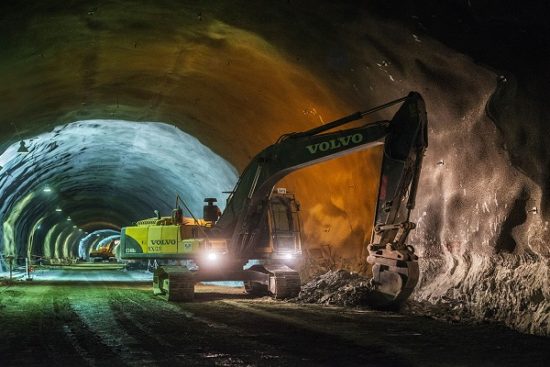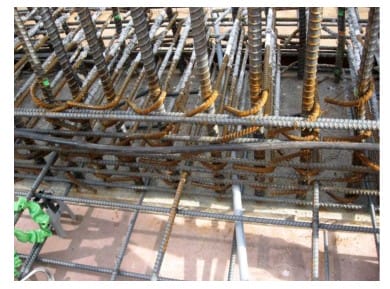No products in the cart.
- Course No E – 1367
- PDH Units 3.00
Course No E - 1367
PDH Units 3.00
- Course No E – 1367
- PDH Units 3.00
Course No E - 1367
PDH Units 3.00
Intended Audience: civil, construction and safety engineers
PDH UNITS: 3
This course introduces to the basic safety guidelines of underground construction of tunnels, shafts, chambers and passageways. This course is based on the publication, Underground Construction (Tunneling) by OSHA. The construction of underground tunnels, shafts, chambers, and passageways are essential yet dangerous activities. Working under reduced light conditions, difficult or limited access and egress, with the potential for exposure to air contaminants and the hazards of fire and explosion, underground construction workers face many dangers. To help employers protect the safety and health of underground construction workers, OSHA has prepared a number of guidance documents, including the underground construction regulations, found in Part 1926, section 800 of Title 29 of the Code of Federal Regulations (29 CFR 1926.800). OSHA regulations relating to underground construction were originally adopted in 1971 and revised over the years to add new protective measures and enhance worker safety. This publication summarizes OSHA’s regulations related to underground construction. As such, it should be used as a guide but not as a substitute for the standard. This course applies to the construction of underground tunnels, shafts, chambers, and passageways. It also applies to cut-and cover excavations connected to ongoing underground construction as well as those that create conditions characteristic of underground construction. These hazards include reduced natural ventilation and light, difficult and limited access and egress, exposure to air contaminants, fire, flooding, and explosion. The regulation does not apply to excavation and trenching operations for above ground structures that are not physically connected to an underground construction operation or to underground electrical transmission and distribution lines. This course demonstrates the general elements critical to the development of a successful safety and health management system for underground construction. The summary of the OSHA regulations can serve to enhance worker safety.
Learning Objectives
At the successful conclusion of this course, you’ll be able to identify and discuss:- Awareness of OSHA construction operations pertaining to tunneling and underground construction
- Awareness of the application of OSHA standards to employees and employers
- Awareness of the need for and training requirements of a competent person
- Awareness of notification and communication requirements
- Awareness of site control procedures
- Awareness of ventilation and illumination requirements
- Awareness of air monitoring requirements
- Awareness of special conditions for drilling and blasting underground
- Awareness of special requirements for hoists and cranes underground
- Awareness of OSHA training and education
Once completed, your order and certificate of completion will be available in your profile when you’re logged in to the site.








